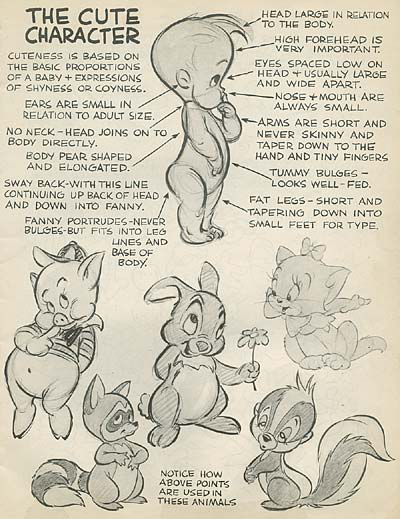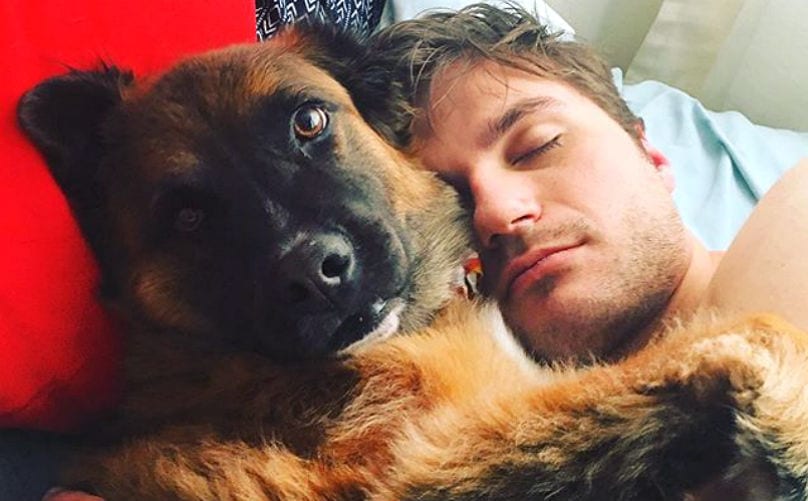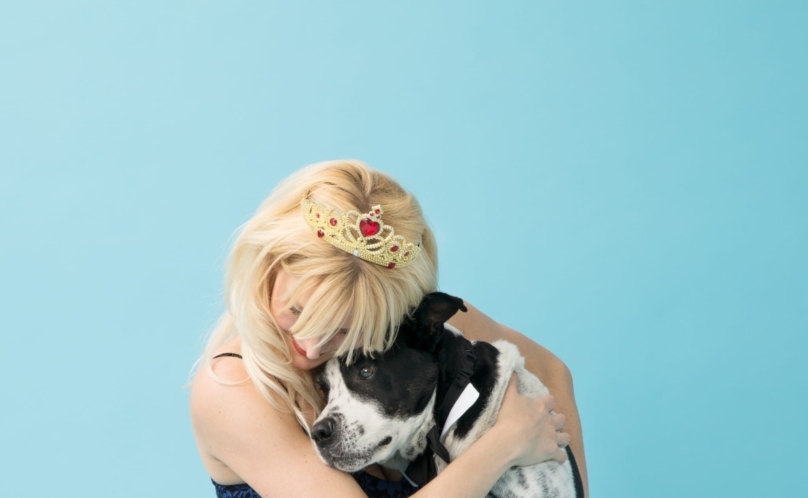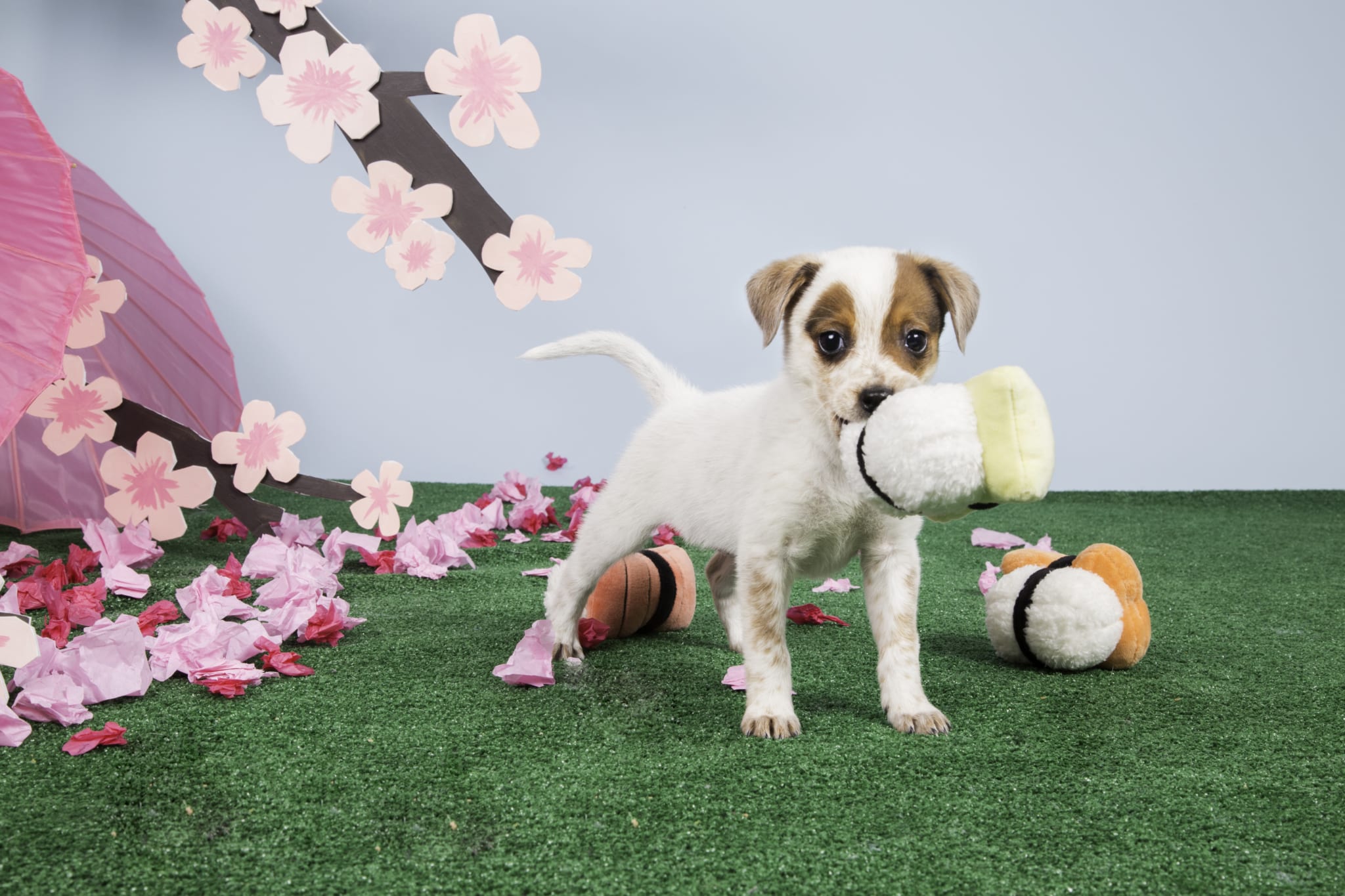Biologist and Ecology student at Virginia Tech, Anne Hilborn and her supervisor, Marcella Kelly, have incited a war between fellow scientists on social media. And boy oh boy, is it adorable. Awwdorable?
African wild dog puppies, #1 for me! Just look at those ears…#CuteOff pic.twitter.com/4PRmOcrnvZ
— Toni (@UWAttackCat) September 5, 2015
In an interview with John Green on Australia’s ABC radio Hilborn talks about the dawning of #CuteOff saying, “The biological community is very active and very competitive, actually, when it comes to showing off their study animals…It sort of snowballed… until it appeared scientists all over the world were competing desperately to have the cutest study animal of them all.”
[bp_related_article]
We at BarkPost may be a little biased… maybe… when it comes to designating the cutest animal of them all, but the proof is in the puppy pudding my friends:
While dogs and puppies will, paws down, always be the cutest animal, the #CuteOff wars have introduced us to some unbelievably adorable, and otherwise unknown, cutie contenders.
Cheetah cub for #TeamMammal #cuteoff pic.twitter.com/E4k4W08QfV
— Anne Hilborn (@AnneWHilborn) September 1, 2015
You think that is cute? #CuteOff (from https://t.co/c3CCVCMOsP) #beeflies pic.twitter.com/kU0STCFki0
— Erica McAlister (@flygirlNHM) September 1, 2015
I present you Pteromys momonga, as my entry into this #CuteOff contest.
https://t.co/cPc2rtCnuH pic.twitter.com/JecnCEo9Ba
— Benjamin Burger (@benjamin_burger) September 1, 2015
All these little bugaboos (science terminology) got us wondering about cuteness in general. A seemingly arbitrary notion, what makes something “cute” is a subject that researchers have been investigating since the mid-20th century. Ethologist, Konrad Lorenz came up with the baby schema, or Kindchenschema theory identifying the following traits as adorable: “(a) large head relative to body size, rounded head; (b) large, protruding forehead; (c) large eyes relative to face, eyes below midline of head; (d) rounded, protruding cheeks; (e) rounded body shape; and (f) soft, elastic body surfaces.”
In other (not so creepily specific) words, we attribute cuteness to things that resemble human babies. Men and women are wired to feel a protective instinct when they see a baby (and to be clear, anytime I write “baby” or “babies” I am referring to the human kind, I can’t bring myself to type “human babies” more than once…) so big, wide eyes paired with smaller facial features all atop a hilariously adorable, big head on anything reminds us of our own kind, which then triggers a flood of endorphins and feelings of affection in us. Fuzziness doesn’t hurt, either.


Another theory behind what makes something cute, involves one of my favorite pastimes, anthropomorphizing! Since much of our “cute standards” are attributed to similarities to human babies, it makes sense that another factor contributing to adorable-ness is a species’ resemblance to human expression. Particularly anything that mimics a smile.
#CuteOff certainly needs some piscine representatives pic.twitter.com/f825Q23Ey6
— Fluvial Fishes Lab (@donaldorth) August 31, 2015
It’s true that these theories and Kindchenschema’s tenets could apply to a lot of different baby animals. But, I mean come on…
…is over #CuteOff #DogsRule
Check out the #CuteOff and follow us on Twitter for more utterly adorableness. Oh, and by the way…
Seems appropriate for #CuteOff: a jumping spider (Hypoblemum albovittatum) on a forget-me-not. 🙂 #lovespiders pic.twitter.com/d81IBvi9Zq
— Fiona Cross (@drspidernz) September 1, 2015
Tardigrades, my pet. I culture thousands of them in my lab.
#CuteOff pic.twitter.com/DKDCmpetqh
— Daiki Horikawa (@daikidhori) September 5, 2015
Featured image via We Heart It






